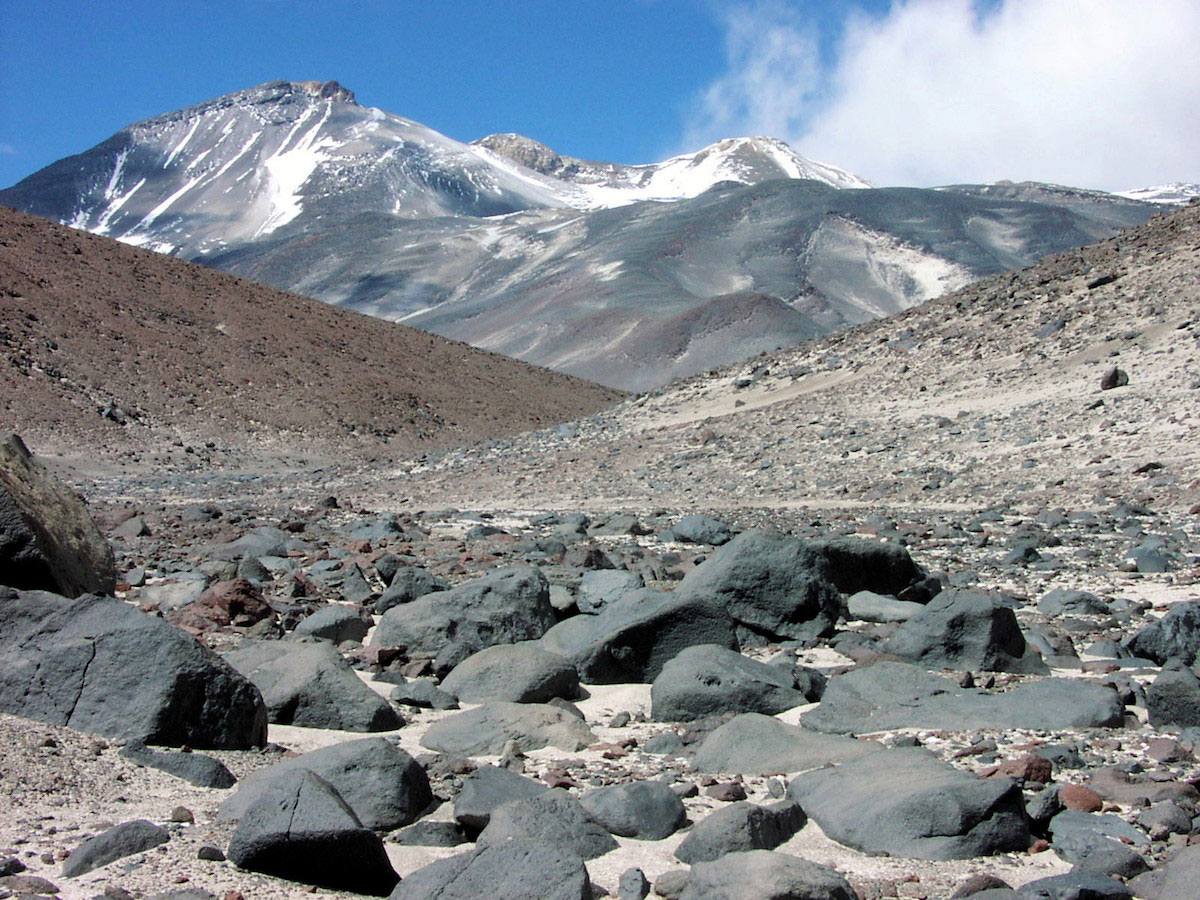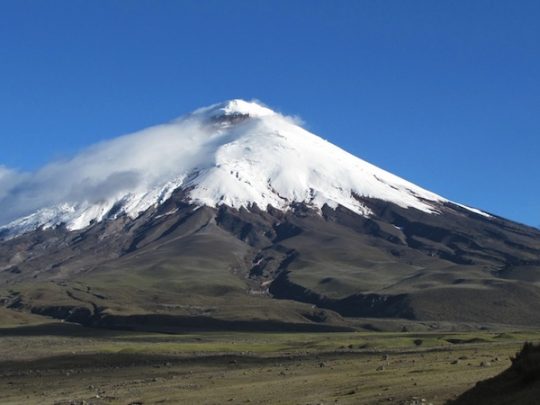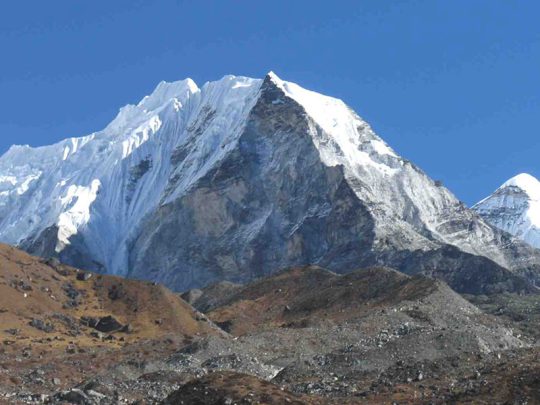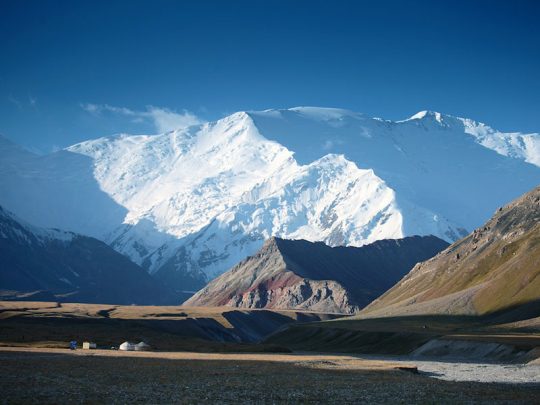- Guides
- B2B
-
Climbs
-
Climb Elbrus
- Elbrus individually
- Elbrus from the South, 9 days
- Elbrus from the South, 7 days
- Elbrus from the South in 1 day
- Elbrus from the North
- Elbrus Two Summits
- Elbrus Traverse South to North
- Elbrus Traverse North to South
- Elbrus "Cross" from South
- Elbrus "Cross" from North
- Kazbek+Elbrus
- Elbrus from the West
- Elbrus by helicopter
- Elbrus holidays, 9 days
- Elbrus holidays, 7 days
- Tinder Tour: Climbing Mount Elbrus
- Climb Elbrus from the South, 9 days with Sergey Baranov
- Under 5000 m
- 5000+ meters
- 6000+ meters
- 7000+ meters
- 8000+ meters
-
Climb Elbrus
-
Trekking
-
See 8000m
- K2 base camp
- Everest base camp
- Everest base camp via Gokyo
- Everest base camp in a week
- Annapurna circuit
- Trekking the Manaslu Circuit
- Trekking to Kanchenjunga Base Camp
- Trekking to Kanchenjunga Base Camp (Short)
- Trekking to Kanchenjunga Base Camp (India)
- Trekking to Makalu Base Camp
- Trekking to Annapurna BC
- South America
- Asia
- Africa
- Russia
- Europe
-
See 8000m
-
Adventures
-
Africa
- Tour to Morocco for New Year
- Morocco: Toubkal and the mysteries of the Sahara
- Tour to Eritrea: Dahlak Archipelago and Rashaida Nomads
- Tour to Rwanda: Mountain Gorillas and Mount Bisoke
- Ethiopia
- Tour to Uganda: Queen Elizabeth National Park and Mountain Gorillas
- Safari Tanzania
- Safari Uganda
- Tour to Zimbabwe and South Africa: Victoria Falls, Cape Town, and Cape of Good Hope
- Namibia
- Safari Kenya
- Tour to Botswana: Okavango Delta and Chobe National Park
- South America
- Asia
-
Africa
- Ski-touring
- VIP
- Useful
- About
Climb Aconcagua + Ojos Del Salado

- Height (m)
- 6893, 6957
- Duration
- 22 days
- Difficulty
- Moderate
- Continent
- South America
- Children
- From 14 years old
- Accomodation
- There are tents
5300 $
Why to go with us?
In 2016/2017 season we combined expeditions so that you can acclimate by climbing Aconcagua (14 days program) and then climb the Ojos del Salado or take a full program of Ojos del Salado ascent (17 days), expanding it with "Blitz" ascent to Aconcagua.
Climbing the two highest peaks of South America: Aconcagua and Ojos del Salado. A successful logistics combination makes it possible not to spend time to acclimatize for the second mountain and get two "almost seventhousanders" in three weeks instead of one. Excellent for acclimatization to the spring eightthousander.
НаверхAbout the tour
The combined ascent of Aconcagua and the Ojos del Salado will prepare you gently for the real seven thousand metre climb. There’s no cracked ice and 30 degree temperatures, but the conditions are far from hot. South America is famous for its winds and temperatures can be quite low. However, the ease and speed of the ascent, together with the much simpler equipment, allows almost anyone with previous mountaineering experience to reach the summit, unlike, for example, the Snow Leopard program, where physical fitness alone is not enough.
In general, we prefer to acclimatise on Aconcagua, although it is slightly higher than Ojos del Salado. This is due to the logistical peculiarities of both peaks. In terms of time, it is much easier to get to the Ojos than to Aconcagua, there is no long trek, there is no need to adapt to the schedule of the mules, there is no need to be examined by a doctor at the base camp, taking into account the percentage of oxygen, and many other problems. The views from the Ojos del Salado are breathtaking, but the wind is stronger and it’s completely deserted, which affects the psychological state of the participants during a long stay.
Program for the combined ascent of Aconcagua and Ojos del Salado.
Day 1. Arrival in Mendoza. Obtaining the permit to climb Aconcagua. Important! On Saturdays the permit office is only open until noon! Transfer to Penitentes (2700m). Sending of the main mules to the base camp. Dinner and instructing the group. Overnight at the hotel.
Day 2. Transfer to the entrance of the National Park (Laguna Horcones) and continue to the confluence (3300m, 2-3 hours). Setting up the camp. Light acclimatisation after lunch.
Day 3. Early acclimatisation radial access to the Plaza de Francia (4200m), with views of the South Wall (2700m). 4-5 hours. Return to camp.
Day 4. The long walk to the main base camp is one of the busiest days of the route. We walk for 9-12 hours through the Playa Ancha valley, a spacious stone plateau stretching into infinity. The landscape is harsh, but fascinating: rare air, bright sun and the grandeur of the mountains around. In the evening we arrive at the Plaza de Mulas (4350 m), where we will have a hot dinner and a well-deserved rest.
Day 5. Rest day at Plaza de Mulas (4350m). We’re recuperating, putting our gear in order. To adapt, we make a short radial exit to the Horcones Glacier, a giant sparkling in the sun. In the evening, there is a calm camp rhythm: tea, conversations, the starry sky.
Day 6. We begin the upward movement. We climb the slopes dotted with rocks and snowy areas. Today we will have a serious climb — about 700 meters. In the evening we set up tents and have dinner under the stars.
Day 7. The way is becoming more and more harsh. We climb up to the Nido de Cóndores camp — “Condor’s Nest”. This is one of the most beautiful places on the route: glaciers and distant peaks are visible from here, and the evening light colors the mountains in golden and pink tones. Overnight at an altitude of 5,600 m.
Day 8. To acclimatize we make the transition to the camp at 6000 m, where you can feel the breath of the mountains in all their severity. After a short rest descend back to the base camp for recovery.
Day 9. A full day of recovery. We are relaxing, enjoying hot tea and the silence of the camp, preparing for the final part of the ascent.
Day 10. We go up again, this time with ease and confidence. We return to the “Condor‘s Nest”, where we set up camp and prepare ourselves for the decisive throw.
Day 11. The way to the last high—altitude camp is short, but energy-intensive. Here, at 6,000 m, every breath takes effort, but every minute brings us closer to the top.
Day 12. The main day of the expedition. Exit before sunrise. We move along the slopes, feeling the height, the cold, and the willpower that drives us forward. And here is the top! 6957 meters above sea level. Short moments of absolute happiness: the whole of South America is in front of my eyes. After the photo and hugs, we go down to Camp 3.
Day 13. Reserve day in case of bad weather.
Day 14. Reserve day in case of bad weather.
Day 15. Return to the base camp. Everything is easier, because there is a peak behind us. In the evening — a festive dinner, the warmth of the campfire, stories and laughter.
Day 16. Transfer to Laguna de Horcones, pick up the transport and return to Mendoza. Rest at the hotel, shower, clean clothes and farewell dinner with the team.
Day 17. Flight/transfer to Santiago, flight to Copiapo. Transfer to the hotel. Here we are engaged in the purchase of products for the next ascent and the preparation of the necessary documents. In your free time, you can walk around the city. Overnight at the hotel.
Day 18. Early wake up at 4 a.m. After breakfast, the ascent to Ojos del Salado (6893 m) begins. The ascent takes about 10-11 hours. After climbing we descend to the Atacama camp (5260 m) or lower to the shelter at an altitude of 4500 m. Dinner and rest are waiting for us here.
Day 19. Reserve a day.
Day 20. Reserve a day.
Day 21. Transfer to Copiapo (6-7 hours). Overnight at the hotel.
Day 22. Transfer to the airport. Flight to Santiago.
The cost of Aconcagua ascent doesn’t include:
- International flights.
- Climbing permit.
- Porters.
- Personal equipment.
- Additional costs due to deviations from the program.
- Medical insurance and accident evacuation costs.
- Personal expenses (drinks, internet, phone calls, etc.)
- Any costs caused by the changing of the programs
Insurance
НаверхEquipment for climbing Aconcagua and Ojos del Salado.
Скачать PDFDocuments:
- Valid passport.
- Air tickets.
- Medical insurance.
Personal equipment:
- Backpack. 50-60l.
- Sleeping bag, comfort temperature from -25C to -15C.
- Sleeping mattress.
- Trekking poles.
- Crampons, can be aluminium.
- Ice axe. Classic, on self-insurance. Can be lightweight or combined with a ski pole.
- Helmet.
- Harness.
- Carabiners, 3 pieces.
- Cup-Spoon-Bowl.
Clothes and footwear:
- Mountaineering Double or triple boots. Double: plastic or leather. For plastics, we recommend Scarpa Vega – they seem to be the warmest of the double boots.
- Trainers or trekking boots. Ideally both. Sneakers for the base camp trail, light boots for the acclimatisation exit and base camp. You can also just have trainers.
- Waterproof layer – jacket + trousers. The industry offers a wide range of products, from simple 5000/5000 membranes to Gore-Tex products.
- Fleece suit.
- Thermal underwear layer – top and bottom.
- Thick and warm down coat.
- Thick gloves.
- Thin gloves.
- Bandana (in addition to protecting you from the sun in the valley, can be used to warm your neck or face in the cold).
- A cap.
- Warm trekking socks for the day of the climb.
Miscellaneous:
- LED Headlamp.
- Sunglasses.
- Ski Goggles.
- Thermos – 1L. Preferably without a button on the lid.
- Windproof mask for the lower part of the face (can be partially replaced by a scarf).
- Gaiters.
- Sun block and lip balm.
- Chemical heaters (not essential, but can be very useful).
- Personal first aid kit.
- Elastic bandage and/or support bandage.
You may also like
-
 3,900 $
3,900 $Climb Chimborazo and Cotopaxi
- Height (m)
- 5897, 6384
- Duration
- 11 days
- Difficulty
- Moderate
- Continent
- South America
- Children
- From 14 years old
- Accomodation
- Hotels only
-
 3,129 $
3,129 $Climb Island peak
-
 3,200 $
3,200 $Climb Lenin peak